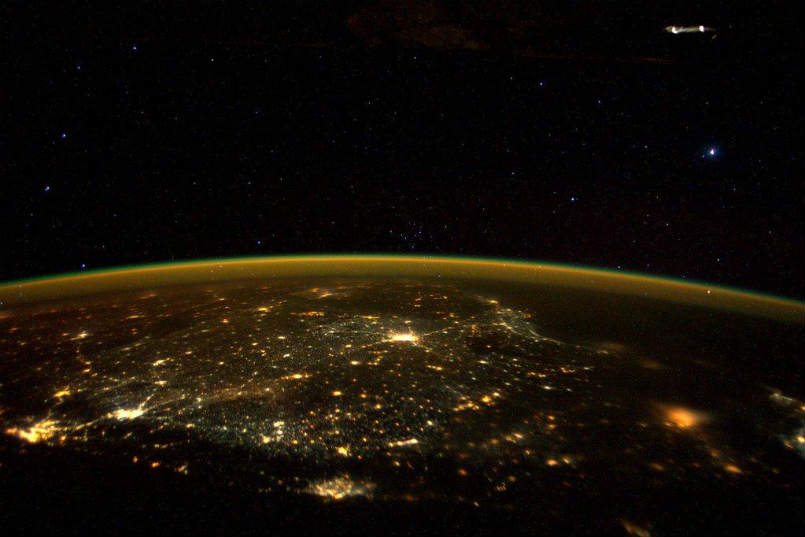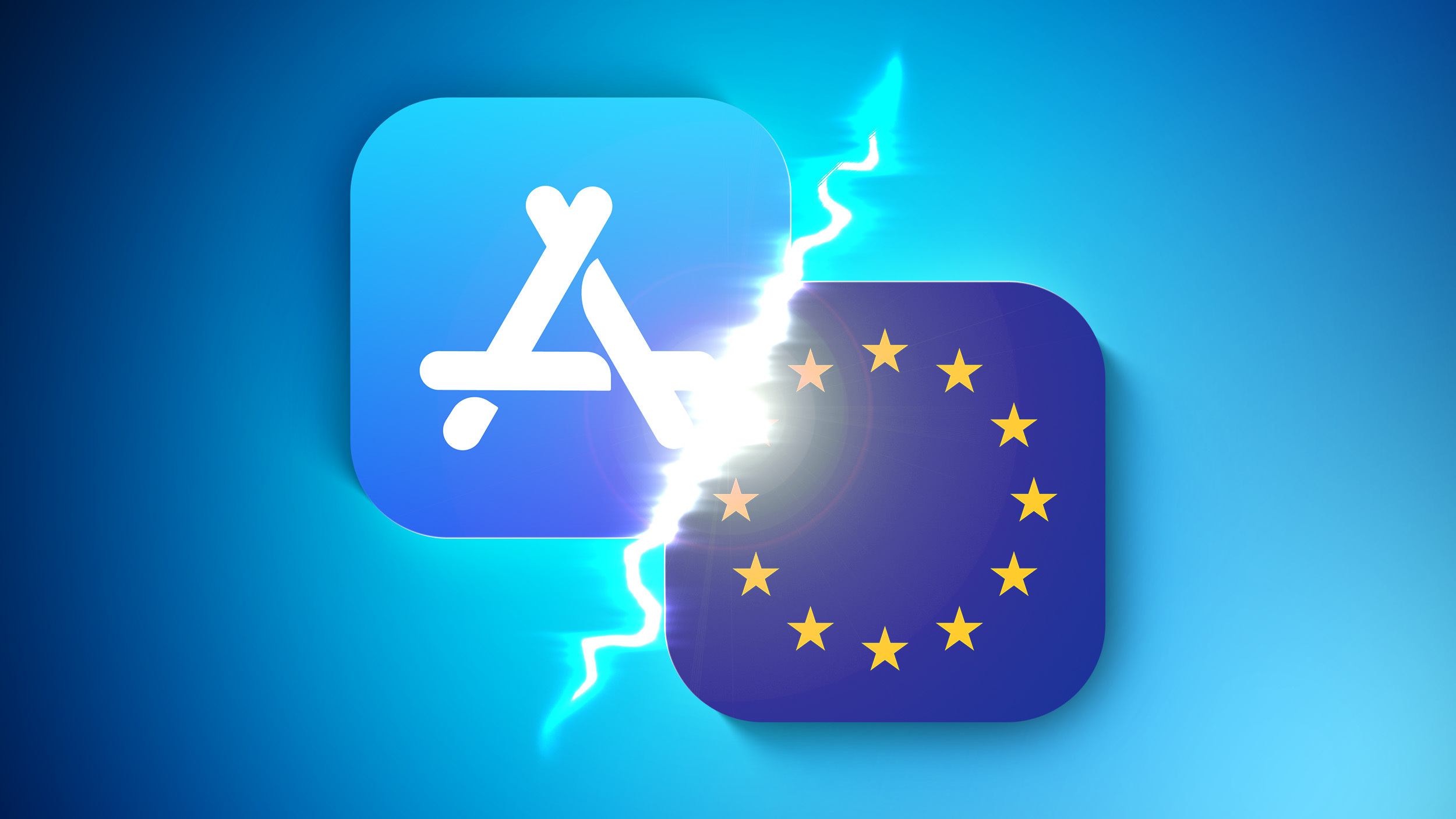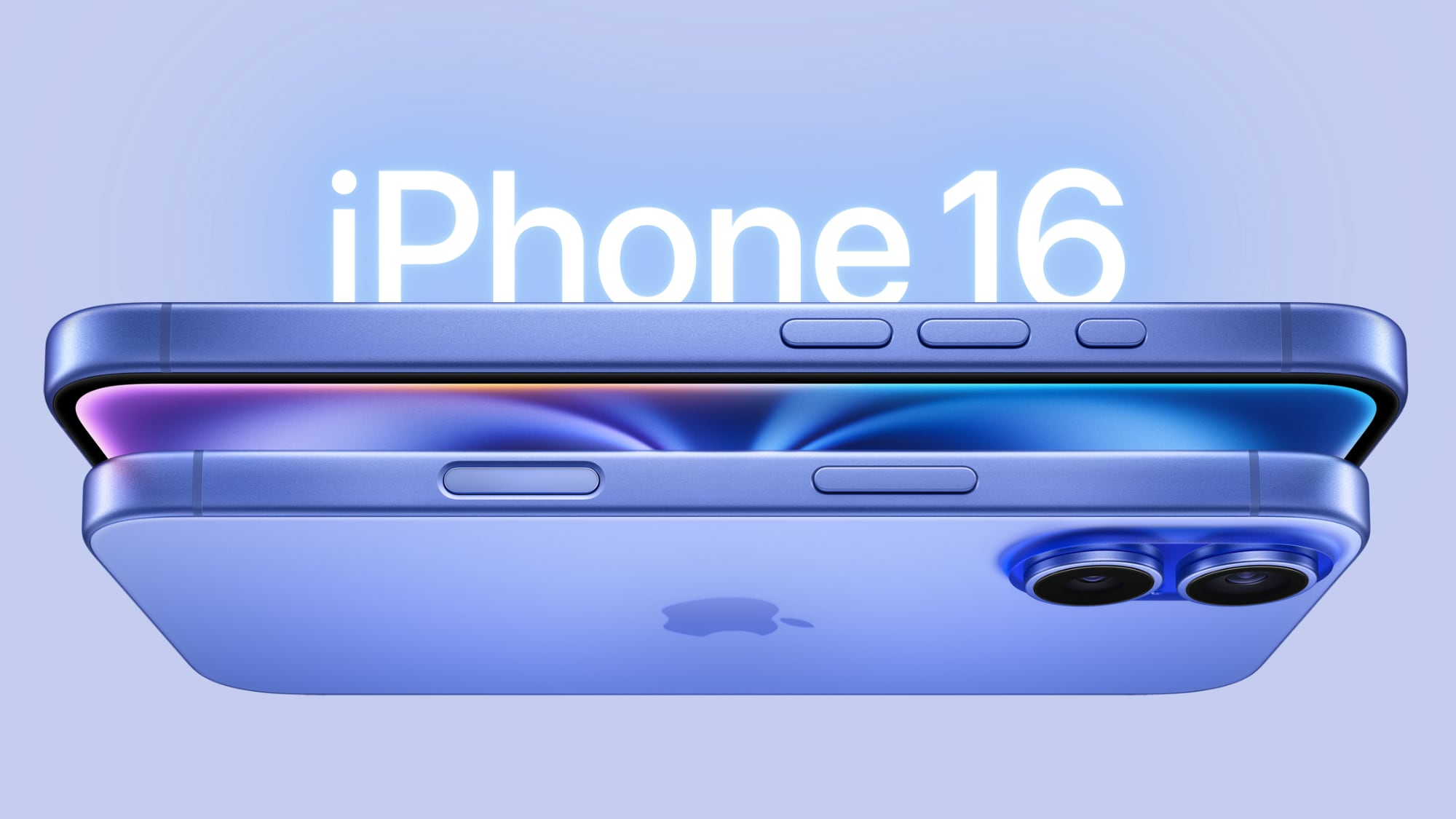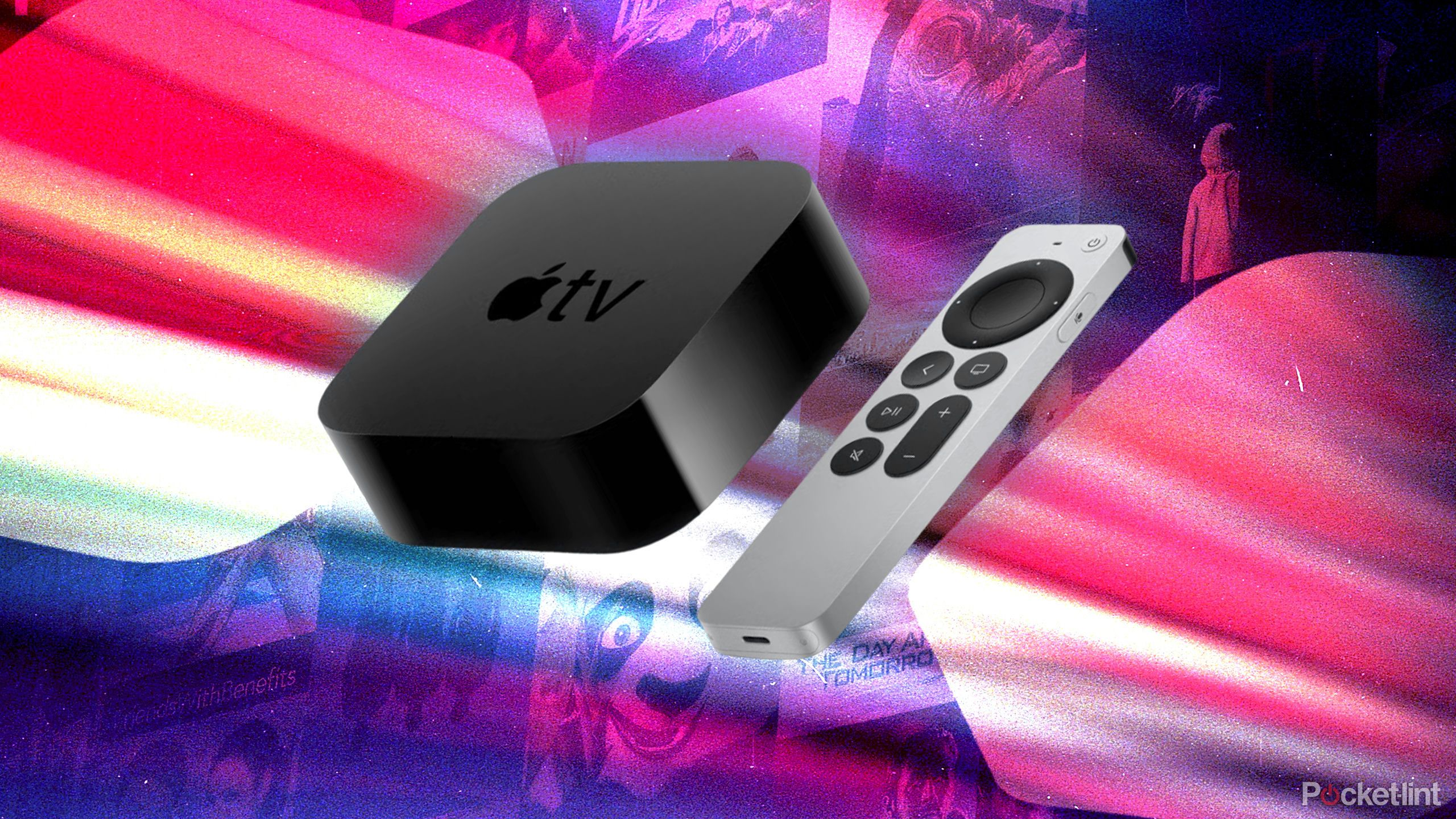Highway charging is one of our key and top priorities for public charging networks, says Tata Motor’s Vivek Srivatsa
Tata Motors announced a host of new cars including a Dark Edition Harrier, a Dark Edition Safari, Altroz iCNG and Altroz Racer, at the Auto Expo 2023 that was held in India earlier this month. In addition to these cars, the company showcased a host of new electric vehicles (EVs) such as Tata Curvv, Sirra EV and Harrier EV. On the sidelines of one the biggest auto events in India, we sat down for chat with the Tata Passenger Electric Mobility’s Head, Marketing, Sales and Service Strategy, Vivek B Srivatsa, to understand when it planned on introducing some of its much-awaited EVs in India and how the company was working towards strengthening its EV infrastructure in the country.
During our conversation, the Tata Motors executive stressed on the fact that customers in India are increasingly opting for EVs, especially Tiago and Nexon, and that the EV market in India is growing steadily.
Growing EV market in India
“…last month we sold 50,000 EVs in India cumulatively. When we launched the Nexon EV (in January 2020), 50,000 looked like a very distant dream. But what is even more amazing is that just the last, this financial year, which is from April 22 to March 23, we did 50,000 EVs… So, that shows that we’ve reached 50,000 fast, but the market is growing so fast that in the last 12 months we are doing another 50,000,” he said.
Talking about Tiago, which is one of the company’s most popular mass market cars, Srivatsa said that the car was going from strength to strength in India and that the company already has an excess of 20,000 bookings so far. He also said that focus, right now, was on producing cars fast and delivering them to the customers.
“So, next on Tiago is actually to ensure that we produce enough cars and deliver fast. You know, we have well in excess of 20,000 bookings so far. To be honest, it is quite much higher than what we anticipated. But we are committed to delivering the cars fast,” he said, adding that the company was ramping up production to shorter waiting periods for the buyers.
“I think Tiago has a lot of responsibility in building the EV category in the lower end of the segment and funnelling all these customers for the future in terms of EV purchase. So, that is really a challenge right now – ramping up with Tiago production, ensuring that it reaches customers, ensuring we give a good service for it, and keeping the customer confidence high,” he added.
EV charging infrastructure in India
During our conversation, we also talked about how Tata Motors planned on expanding the EV charging infrastructure in India, especially in tier two and tier three cities and along the highways and reducing the waiting time at the chagrin stations in the metropolitan cities, where the EV density is steadily increasing.
“Highway charging is one of our key and top priorities for public charging networks,” he said.
“When we started making plans to put in public chargers, the first priority was to map, which are the highly used highways, which are the densely populated high highways in the country…Then we mapped usage patterns of our customers on when they travel, where most customers take a break. So that helped us,” he added.
The Tata Motors executive also told us that enhancing the EV charging infrastructure is a priority of almost all the companies operating in this space, which includes Tata Motors, and the startups.
“So, the highway charging network, in fact, will develop very, very fast. It’s a priority, everybody’s priority because normal usage, 97% of usage, is taken care of by the home charging, and highway charging is where the confidence has to come for the customer and it’s everybody’s priority,” he said.
Talking about the possibility of collaborations for expanding its EV charging infrastructure, Srivatsa, said while a Tata group company, that is, Tata Power, operates over 70 percent of the public chargers in the country, and the company is expanding its own infrastructure, Tata Motors remains open to collaborations in this space.
“Our own group company, Tata Power, operates more than 70% of the public chargers in the country. So it is more than a collaboration. It is our own group, company, Tata group company. So it’s more of an alliance and a partnership that we are doing with them.”
“A lot of private sector and startup companies are also getting into EV charging, and they’re funded by VCs. Petroleum companies like IOCL and others have committed that they want to get into electric charging…I don’t think they need collaboration in terms of technology or funding, but definitely information sharing is something we are very open to, and we are doing as well,” he added.
Talking about reducing the waiting time of EV customers at the charging stations, the Tata Motors executive said that the company is looking at it from two ways – one is by increasing the number of charging stations and the other is by introducing an app that will relay the information to users.
“There’s two ways to do it. One is obviously that the number of charging stations has to go up. Yeah. Second, I think we’ll have to get smarter in terms of the apps, charging apps. Some visibility to customers in terms of how many chargers are there, how many are in use, how many are vacant, likely wait time, which is very much possible because the charger knows exactly how much time it takes to fill the battery. So that can be transmitted to all the customers saying that in another half an hour the battery will be fully charged. So your wait time is half an hour,” he said.
What lies ahead
Talking about the future, the executive said that the Harrier EV will launch in 2024 while the Sierra EV will come in 2025.
When asked if the company was looking at alternative fuel options, beyond EVs and CNG vehicles for personal vehicles, Srivatsa said that EVs are the end goal.
“So, right now our exploration, on the PV side, is largely on CNG and EVs. What we think is that the ultimate destination for any alternative fuel is to move to EV because the world is moving towards zero emission. And the only technology currently, which gives zero tailpipe emission is EV. Everything else is an interim technology. So, we have directly gone to the end-point and we believe that after CNG, it’ll be directly EVs that will move us towards zero emission,” he said.
The post Highway charging is one of our key and top priorities for public charging networks, says Tata Motor’s Vivek Srivatsa appeared first on BGR India.

Tata Motors announced a host of new cars including a Dark Edition Harrier, a Dark Edition Safari, Altroz iCNG and Altroz Racer, at the Auto Expo 2023 that was held in India earlier this month. In addition to these cars, the company showcased a host of new electric vehicles (EVs) such as Tata Curvv, Sirra EV and Harrier EV. On the sidelines of one the biggest auto events in India, we sat down for chat with the Tata Passenger Electric Mobility’s Head, Marketing, Sales and Service Strategy, Vivek B Srivatsa, to understand when it planned on introducing some of its much-awaited EVs in India and how the company was working towards strengthening its EV infrastructure in the country.
During our conversation, the Tata Motors executive stressed on the fact that customers in India are increasingly opting for EVs, especially Tiago and Nexon, and that the EV market in India is growing steadily.
Growing EV market in India
“…last month we sold 50,000 EVs in India cumulatively. When we launched the Nexon EV (in January 2020), 50,000 looked like a very distant dream. But what is even more amazing is that just the last, this financial year, which is from April 22 to March 23, we did 50,000 EVs… So, that shows that we’ve reached 50,000 fast, but the market is growing so fast that in the last 12 months we are doing another 50,000,” he said.
Talking about Tiago, which is one of the company’s most popular mass market cars, Srivatsa said that the car was going from strength to strength in India and that the company already has an excess of 20,000 bookings so far. He also said that focus, right now, was on producing cars fast and delivering them to the customers.
“So, next on Tiago is actually to ensure that we produce enough cars and deliver fast. You know, we have well in excess of 20,000 bookings so far. To be honest, it is quite much higher than what we anticipated. But we are committed to delivering the cars fast,” he said, adding that the company was ramping up production to shorter waiting periods for the buyers.
“I think Tiago has a lot of responsibility in building the EV category in the lower end of the segment and funnelling all these customers for the future in terms of EV purchase. So, that is really a challenge right now – ramping up with Tiago production, ensuring that it reaches customers, ensuring we give a good service for it, and keeping the customer confidence high,” he added.
EV charging infrastructure in India
During our conversation, we also talked about how Tata Motors planned on expanding the EV charging infrastructure in India, especially in tier two and tier three cities and along the highways and reducing the waiting time at the chagrin stations in the metropolitan cities, where the EV density is steadily increasing.
“Highway charging is one of our key and top priorities for public charging networks,” he said.
“When we started making plans to put in public chargers, the first priority was to map, which are the highly used highways, which are the densely populated high highways in the country…Then we mapped usage patterns of our customers on when they travel, where most customers take a break. So that helped us,” he added.
The Tata Motors executive also told us that enhancing the EV charging infrastructure is a priority of almost all the companies operating in this space, which includes Tata Motors, and the startups.
“So, the highway charging network, in fact, will develop very, very fast. It’s a priority, everybody’s priority because normal usage, 97% of usage, is taken care of by the home charging, and highway charging is where the confidence has to come for the customer and it’s everybody’s priority,” he said.
Talking about the possibility of collaborations for expanding its EV charging infrastructure, Srivatsa, said while a Tata group company, that is, Tata Power, operates over 70 percent of the public chargers in the country, and the company is expanding its own infrastructure, Tata Motors remains open to collaborations in this space.
“Our own group company, Tata Power, operates more than 70% of the public chargers in the country. So it is more than a collaboration. It is our own group, company, Tata group company. So it’s more of an alliance and a partnership that we are doing with them.”
“A lot of private sector and startup companies are also getting into EV charging, and they’re funded by VCs. Petroleum companies like IOCL and others have committed that they want to get into electric charging…I don’t think they need collaboration in terms of technology or funding, but definitely information sharing is something we are very open to, and we are doing as well,” he added.
Talking about reducing the waiting time of EV customers at the charging stations, the Tata Motors executive said that the company is looking at it from two ways – one is by increasing the number of charging stations and the other is by introducing an app that will relay the information to users.
“There’s two ways to do it. One is obviously that the number of charging stations has to go up. Yeah. Second, I think we’ll have to get smarter in terms of the apps, charging apps. Some visibility to customers in terms of how many chargers are there, how many are in use, how many are vacant, likely wait time, which is very much possible because the charger knows exactly how much time it takes to fill the battery. So that can be transmitted to all the customers saying that in another half an hour the battery will be fully charged. So your wait time is half an hour,” he said.
What lies ahead
Talking about the future, the executive said that the Harrier EV will launch in 2024 while the Sierra EV will come in 2025.
When asked if the company was looking at alternative fuel options, beyond EVs and CNG vehicles for personal vehicles, Srivatsa said that EVs are the end goal.
“So, right now our exploration, on the PV side, is largely on CNG and EVs. What we think is that the ultimate destination for any alternative fuel is to move to EV because the world is moving towards zero emission. And the only technology currently, which gives zero tailpipe emission is EV. Everything else is an interim technology. So, we have directly gone to the end-point and we believe that after CNG, it’ll be directly EVs that will move us towards zero emission,” he said.
The post Highway charging is one of our key and top priorities for public charging networks, says Tata Motor’s Vivek Srivatsa appeared first on BGR India.




